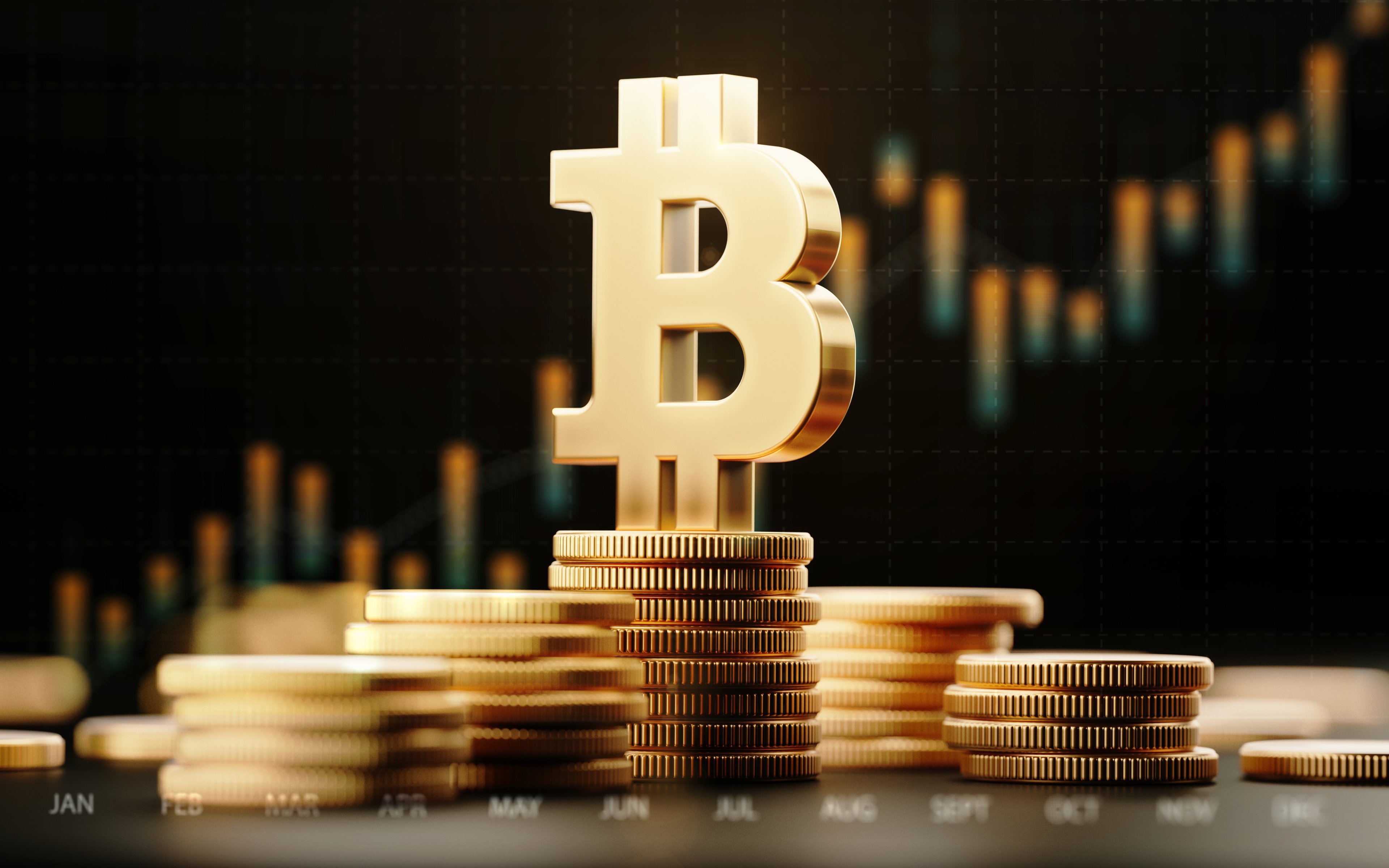Bitcoin's (BTC 2.02%) price has more than doubled over the past 12 months, and it now trades just a few percentage points shy of its all-time high of nearly $123,000. Investors might be reluctant to buy more Bitcoin after those massive gains, but it could still be a smart place to park $1,000.
Why did Bitcoin's price soar?
Five main catalysts drove Bitcoin's price higher in 2024 and 2025: its spot price exchange-traded funds (ETFs), its latest halving, lower interest rates, more crypto-friendly government policies, and big purchases from institutional investors, companies, and entire countries.

Image source: Getty Images.
Last January, the Securities and Exchange Commission (SEC) approved the first spot price ETFs for Bitcoin. Those new ETFs made it easier for retail and institutional investors to invest in Bitcoin through their brokerage accounts instead of holding the tokens in a digital wallet. They also supported the notion that it was a commodity like gold or silver.
Last April, Bitcoin underwent its latest halving, which cut its mining rewards in half. That process occurs every four years and makes it increasingly difficult to mine Bitcoin for a profit. Some 19.9 million of Bitcoin's maximum supply of 21 million tokens have already been mined, and these scheduled halvings slow down that process, so the final token can't be mined until 2140. That programmed scarcity also makes it more comparable to a physical commodity like gold than other cryptocurrencies.
As the Fed cut its benchmark rates three times in 2024, more investors pivoted back toward cryptocurrencies, high-growth stocks, and other speculative investments. Lower rates also eroded the value of the U.S. dollar, which increased the appeal of Bitcoin (and other commodities) as a hedge against the dollar's devaluation.

CRYPTO: BTC
Key Data Points
In the U.S., Bitcoin and other cryptocurrencies faced an uncertain future under the Biden administration. However, most of those storm clouds dissipated after the Trump administration took over and adopted a more relaxed approach toward regulating cryptocurrencies.
All of those catalysts drove big institutional investors like BlackRock (BLK +0.17%), tech companies like Strategy (MSTR 3.77%), and countries like El Salvador to accumulate more Bitcoin. The U.S. also recently established its own Strategic Bitcoin Reserve. That support indicates that Bitcoin won't fizzle out anytime soon.
Why is Bitcoin a smart place to park $1,000?
All of those tailwinds should accelerate over the next few years. Lower interest rates and crypto-friendly policies should warm up the broader crypto market, which would then drive institutional investors to allocate higher percentages of their portfolios to Bitcoin ETFs. As that happens, Bitcoin could become more appealing as a hedge against inflation and currency devaluation issues, while its next halving in 2028 will further increase its scarcity. Past performance never guarantees future gains, but it's worth noting that Bitcoin's price rallied higher in each of the years following its previous four halvings.
|
Halving Date |
Price at the Time of Halving |
Following Year's Peak Price |
Gain |
|---|---|---|---|
|
2012 |
$13 |
$1,152 |
8,762% |
|
2016 |
$664 |
$17,760 |
2,575% |
|
2020 |
$9,734 |
$67,549 |
594% |
|
2024 |
$64,262 |
$122,980* |
91%* |
Data source: Bitpay. *As of Aug. 5, 2025.
Although Bitcoin's post-halving gains are slowing down, it could still have plenty of room to run before it peaks. It's already the world's most valuable cryptocurrency with a market cap of $2.2 trillion, but that's merely a sliver of gold's market cap of $23.1 trillion. So if you expect Bitcoin to eventually become "digital gold," then its price could potentially climb tenfold and propel its market cap to $22 trillion. That's why some of its most bullish investors, including Ark Invest's Cathie Wood, expect its price to top $1 million by the end of the decade. I'd take that outlook with a grain of salt, but it might be smart to invest $1,000 in Bitcoin and simply leave it alone for a few years.





